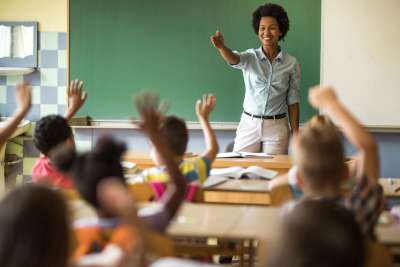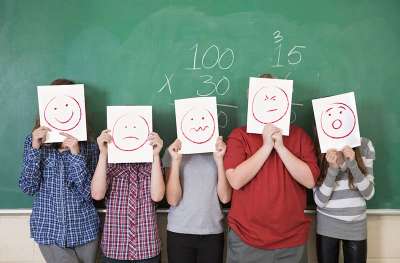How to teach cause and effect analysis effectively
Use this resource to help your students understand the effects of various events and actions. Includes guidelines for introducing cause and effect into classroom discussions to help your students understand the relationship in many subjects.Need a blank cause and effect analysis form? You can find it in our graphic organizers center.
How Can You Stretch Students' Thinking?
Often the cause-and-effect relationship in a reading passage is implied and not clearly stated. Students need to make inferences about these relationships. Encourage students to use vocabulary clues in the text (so that, accordingly, therefore, and later) and their prior knowledge to determine the relationships. Begin by having students make inferences about information that is in close proximity. Direct students to make an inference based on the first sentence of a reading passage and their prior knowledge. Then have them evaluate the inference based on their reading of the rest of the passage (Johnson and Johnson, 1986). Explain that this is like building a theory from existing evidence and then testing it against additional evidence as it becomes available.
Analyzing causes and effects is just like developing a theory. It is important to provide evidence that supports the analysis and to entertain the possibility that, in many cases, there may be other equally valid explanations. Encourage students to consider that proximity of events in space or time does not necessarily imply causality. Being in the same room when a crime occurs does not necessarily make you a criminal.
Teach students that making generalizations based on cause-and-effect sequences can be applied to a number of situations. For example, people who do not take care of themselves get sick more often than people who do take care of themselves. Generalizations are important organizing ideas because they give students a broad knowledge base that they can apply in different situations. According to the authors of Classroom Instruction that Works, teachers need to provide many examples of generalizations to students. They also should support each generalization with several cause-and-effect sequences, make sure students can clearly state their own generalizations as well as ones presented to them, and discuss generalizations with students and encourage them to argue against them if they disagree (Marzano, et al. 2001).
When Can You Use It?
The ability to understand and discuss cause and effect relationships is central to the study of literature, science, and the social studies.
Reading/English
Have students create visual maps representing cause-and-effect relationships in the books they are reading, whether narrative texts or history books.
For example, in the book Ira Sleeps Over by Bernard Waber, Ira makes a decision about taking his teddy bear to Reggie's house. Have students discuss how each conversation in the book results in a new decision.
Another example is in the book Tuck Everlasting by Natalie Babbitt. Have students discuss the effect of Winnie wandering in the woods (meeting Jesse Tuck), and the effect of meeting Jesse (finding out about the magic water).
Writing
Make sure students have plenty of practice writing about increasingly complex cause-and-effect relationships. Encourage students to use graphic organizers to organize their ideas and to illustrate their writing. Encourage students to consider multiple causes and multiple consequences. Stress the importance of using appropriate qualifiers such as probably and possibly, when the true nature of cause and effect is in doubt.
Math
Cause and effect is most clearly relevant to mathematics in the area of probability, which provides a way of quantifying the likelihood that certain outcomes will occur given a certain triggering event such as tossing a pair of dice. Statistics is also useful in determining whether a given outcome is something other than a random occurrence. At the high school level, students can develop stochastic models (involving chance, probability, or a random variable) of real-world events, such as traffic jams, that can aid in understanding cause-and-effect relationships at a formal level.
Social Studies
Cause-and-effect thinking is central to all of the social sciences, including history, economics, sociology, and psychology. When teaching history, have students analyze the causes and effects of a historical event such as the Civil War. Ask students to use a graphic organizer to outline the political, social, and economic causes of the war and its effects on the United States, and then have them write up the analysis using the graphic organizer as an illustration.
Science
Cause and effect can be related to climate changes in science. The variations of climate and the effect on mortality rates and the human body can be studied. For example, increased humidity levels affect the body's ability to cool itself, and decreased humidity levels contribute to dehydration and infections.
















